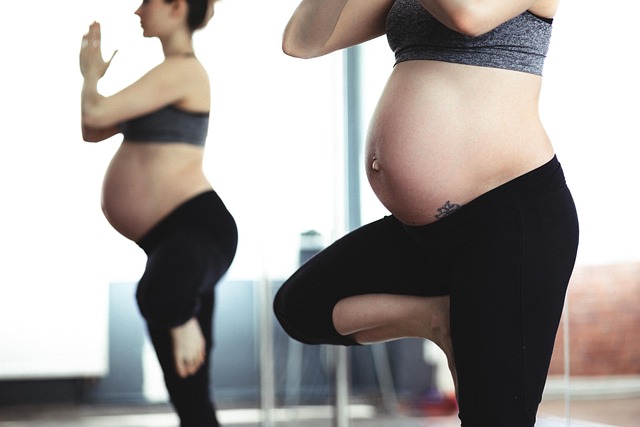In our household, wooden peg puzzles have become a staple for our children. I began collecting them when our eldest was just a toddler, and now we have an array featuring letters, numbers, shapes, colors, and animals. My intention was to provide a fun and educational way for my kids to learn the basics. Fast forward to today: my three-year-old has mostly outgrown these puzzles, but they’ve left a lasting impression; she easily associates letters like K with Key, X with X-Ray, and T with Daddy’s Tie.
Meanwhile, my 16-month-old still enjoys them, even if he’s not quite adept at reassembling the pieces himself. We work on them together, just as I did with his sister. Every evening, however, the puzzles end up in a chaotic heap, and I find myself on my knees, placing the A back in the Apple slot and pairing tails with their fish heads. It’s become a nightly ritual, akin to any other chore. Sometimes pieces vanish for days, and I can’t help but wonder how my son will learn to match the number 5 with the right butterflies if the parts are always scattered.
My partner, however, sees things differently. He often brushes the pieces aside, suggesting, often in frustration, that we toss the whole lot because of the mess they create. He doesn’t understand my reasoning behind wanting to keep everything together. Despite my best efforts, I can’t seem to get him involved in this nightly task; it always falls to me, no matter how fatigued I might feel.
We’ve been married for over seven years and together for more than eleven. I met Mark when I was 23 and he was 24. Before him, I had a couple of significant relationships, but nothing lasted more than a year. Looking back, they were mostly a series of unfortunate choices. Fortunately, by the time I met Mark, I knew what I didn’t want and had a clearer idea of what I did.
I felt incredibly lucky when he came into my life. He embodied everything I had been searching for and then some. We fell in love, moved in together, and eventually tied the knot. After four years of marriage, we welcomed our first child, but how could we have anticipated the whirlwind that would follow? How does anyone truly know what to expect?
Becoming a mother was a profound experience for me. I was well aware it would be challenging and rewarding, and that it would fundamentally shift my life (as everyone so often advised). But how could I have fully grasped the depth of that change? How could I have known that I would evolve from the confident girl I was eleven years ago into someone who would face unexpected trials and transformations? Who could predict that wooden puzzles, writing, and advocacy for women’s issues would become central themes in my life?
When Mark and I first became a couple, we meshed perfectly. We shared similar views, and our differences seemed trivial. Our desires aligned on the most significant matters. However, as our family grew, the dynamics shifted, and we found ourselves with more puzzle pieces than slots to fill them. Now, we often disagree on how to piece it all back together.
It’s enough to make anyone want to escape.
Yet, what’s most crucial in this puzzle is that neither of us is running away. We’re both committed to figuring it out. I’m grateful for that. As for my side of this dilemma, I’m trying to appreciate that Mark knows these wooden puzzles intimately because he has spent countless evenings kneeling beside our children, reassembling them. I aim to soften my approach, adapting to new circumstances and molding myself into a shape that complements this evolving structure, as I truly love what we are building together.
I’ll continue to piece the puzzles back together every night because that’s my role, but I’m also learning to respect his viewpoint. I suspect many couples reach this crossroads at some point in their journey. There comes a moment (or several) when you must assess the fragments of your life and decide how to rearrange them on the new foundation beneath your feet.
These changes can feel overwhelming, and the process is certainly painful. We are currently being shaped by the fires of transformation, and I won’t sugarcoat it—it hurts. There are no clear answers about the forms we will take when we emerge from this trial, but my hope is that we will find a way to reconnect. As I write, I can see a few pieces beginning to align.
For now, I’m focusing on enduring the heat for the sake of our family. I’m trying to set aside the discomfort and pay attention to the hands that are reshaping me, because it takes pressure and flames to transform something as rigid as steel into something softer and more pliable. The work of becoming adaptable is challenging, but I’m committed to it.
We’re both giving it our all, and that has to count for something, doesn’t it?
